I’ve been reading about dismay in college towns. Coronavirus transmission is up, and it’s because of young people gathering. Somehow, in the midst of planning the reopening, we didn’t get the messaging right. Parents and colleges and the media in general have reported extensively on the risks, but it hasn’t made these young people avoid gatherings.
Something key has been overlooked.
Because adolescence is filled with experimentation, new milestones, and new freedoms, it is also filled with risk. Adults warn and explain and teens have a good understanding of the risks.
So why do they still do risky things? We think that if they understood the risks, they’d avoid them, but they do understand and they’re not abstaining from dangerous situations. Why? Researchers have studied this. The simple answer is that teens overestimate the benefits (not the drawbacks).
Think about it:
- We adults know that impressing 17 year olds isn’t much of an achievement, certainly not a long-lasting one, but your teen feels it’s incredibly important.
- We know that having consensual sex is pleasurable, but awkward or nonconsensual sex is not, and that teen sex often falls into the second category. Teens don’t know that – they think having sex must be the best experience ever.
- We know that a house party might be an evening of fun, but that’s it. The party probably won’t change your social standing or develop healthy relationships. Teens overestimate the benefits of a party because they see the world full of possibility.
That’s why college towns are struggling with young people spreading coronavirus. Young people understand the risk but overestimate the benefits of gathering together. Their cost-benefit analysis results in a green light.
You see, we’re talking to them as if they’re adults. Adults have already had these foundational experiences and know what the benefits are. Kids have not. Telling an adult about the risks is giving the adult enough information. A kid needs more to make a good decision.
We do not help when we re-explain the risks. That’s not the “more” that they need, and they just brush us off. They’ve heard it before, and they really do understand the risks. Instead, we must calibrate our adolescent’s understanding of the rewards.
This is not new knowledge; research on adolescent risk-taking behavior, and how to shift it, goes back decades.
You can explain this very plainly: “You’re learning to make your own decisions. To do that, you’ll need to understand the risks and the rewards, and while kids have learned a lot about the risks, we adults often forget to set expectations about the rewards. Movies give you the wrong sense of things. Can I tell you about my personal experience with ____ (parties, alcohol, sex, drugs)?” Then tell them that the experience wasn’t all that. I remember attending a frat party and being disappointed – it wasn’t nearly as fun as I expected it to be.
Calibrating the rewards is not shooting down their optimism or idealism. It’s grounding them in reality.
What do you think? Is this doable? Please add your comments below!
In support of you,
Anya
P.S. People are emailing me about workshops. If you’d like me to present to your parent group, click here.

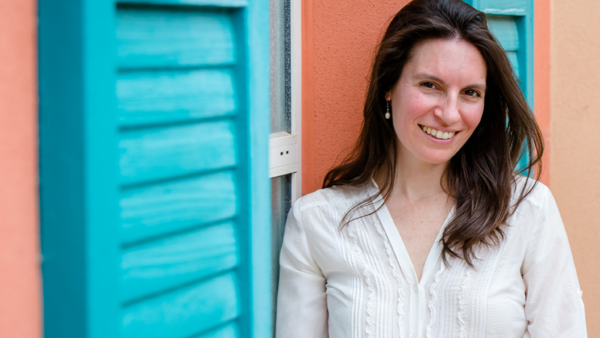
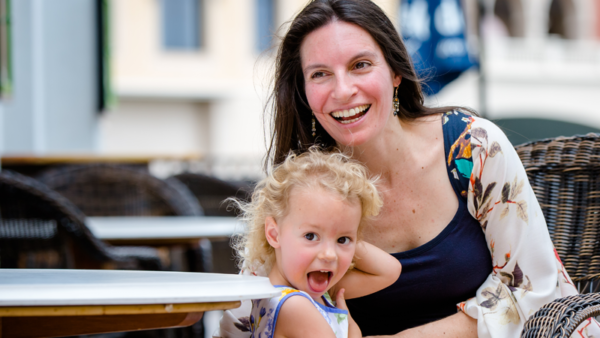
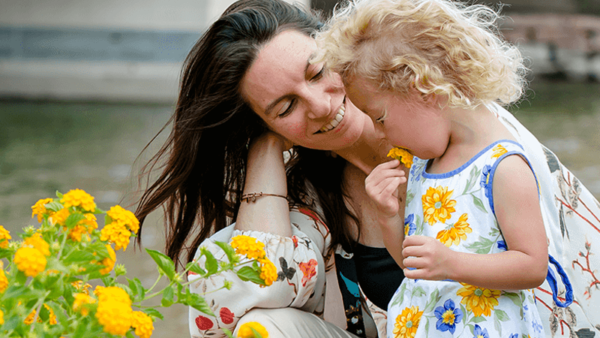

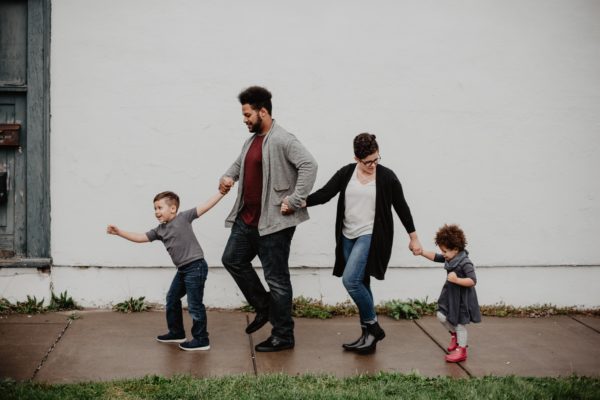
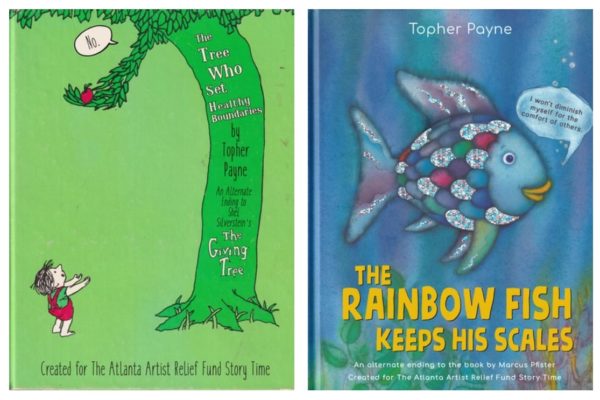


3 Comments. Leave new
This sounds like a balanced approach but I am not sure my 19 year old would recalibrate his sense of the rewards: though I will certainly put this concept into motion. Perhaps this my hairdresser’s comment that teenage boys are the most obsessed with getting a good haircut has something to do with how important the perceived rewards are to them. I usually add circumstances that may be outside his perception to a conversation. Can we talk about late teens and early twenties too? After all, it isn’t until our twenties that the pre-frontal lobe is mostly developed.
Thanks for your comment, Ann! Every kid is different – some will be easier to reach than others. Just your words might not reach him, but if there’s another family member, a coach, an older sibling, anyone he looks up to who is also setting expectations, that will help. Of course, the best is his peers – if they’ve tried something risky and it wasn’t cool, that might have the biggest impact.
Of course, the other thing many colleges failed to do is provide adequate and safe alternatives. Socializing is a need, and teens and young adults are independent enough to organize events themselves if the college doesn’t do it for them.
My sense is that late teens and early adulthood isn’t all that different. The kids are growing up and gaining those foundational experiences, gaining a perspective closer to ours. Until they have the same foundation, we’ll continually be surprised by wacky decisions they made from miscalibrated benefits and risks.
Come to think of it, some of my favorite stories told by my parents growing up were about their “close calls”, mistakes and regrets as teens. You know, testing limits, risk taking, insecurity and peer pressure stories. It was comforting to know they had matured/recalibrated their principles. I could live vicariously through the stories and imagine myself (no way would I do that!). Also helpful to think “hmm, I don’t have to suffer like that, or do it that way”. Yes I like this!…especially if the sharing takes place with a light touch. Thank you!